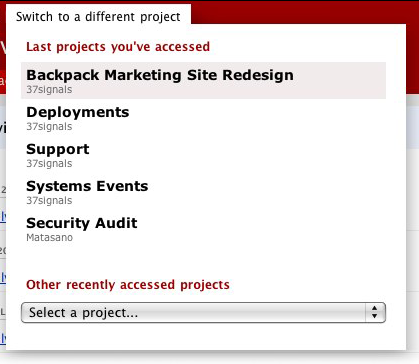Last month I suggested that learning from failure was overrated. My point was that learning from failure may tell you what not to do the next time, but that doesn’t tell you what to do next time. I believe paying more attention to your successes leads to better outcomes.
A couple of days ago the New York Times ran a piece called Try, Try Again, or Maybe Not. It refers to a recent Harvard Business School study that found that when it comes to venture-backed entrepreneurship, the only experience that counts is success:
Already-successful entrepreneurs were far more likely to succeed again: their success rate for later venture-backed companies was 34 percent. But entrepreneurs whose companies had been liquidated or gone bankrupt had almost the same follow-on success rate as the first-timers: 23 percent.
I was thrilled to see this. I’ve never understood Silicon Valley’s obsession with failure. Many investors and entrepreneurs out there believe that you should fail a few times before you succeed. That the people worth funding are the people who’ve failed a few times. I’ve heard from a few VC who won’t fund an entrepreneur until they’ve failed at least once. I don’t get that.
Mark Pincus, founder and chief executive of Zynga Inc., (and Tribe.net before that) says “As an entrepreneur, you have to get used to failure. It is just part of the path to success.”
What? Failure is part of the path to success? This industry’s obsession with failure has got to stop. I don’t know when it became cool or useful, but the industry has been steeping in it for so long that it’s become normal to assume failure comes before success.
Don’t be influenced by this. If you’re starting something new go into it believing it’s going to work. You don’t have to assume you’re doomed from the start. You shouldn’t believe your first idea won’t be your best one. And you definitely shouldn’t treat your first venture as a stepping stone towards something else. What you do now, what you do first, can be the thing you do well for as long as you want to.
Also, don’t let the old “9 out of 10 new businesses fail” cloud your vision. It has nothing to do with you. If other people can’t market their product that has nothing to do with you. If other people can’t build a team that has nothing to do with you. If other people can’t price their services properly that has nothing to do with you. If other people can’t earn more than they spend that has nothing to do with you.
Yes, starting a business is hard. And you certainly could fail. I’m not suggesting failure isn’t an option. I’m only suggesting that it shouldn’t be the assumed or default outcome. It doesn’t need to be. Have confidence in your ideas, in your vision, and in your business. Assume success, not failure.
Oh, and one more thing… While I liked the article, this part of the study made me gag:
Success was defined as going public or filing to go public; Professor Gompers says the results were similar when using other measures, like acquisition or merger.
Going public, being acquired, or merging with another company is a skewed measure of success. It’s easy to measure for a study, but it’s barely what really defines success for most entrepreneurs. How about sustainable profits, loving your work, and making a dent in your universe?












